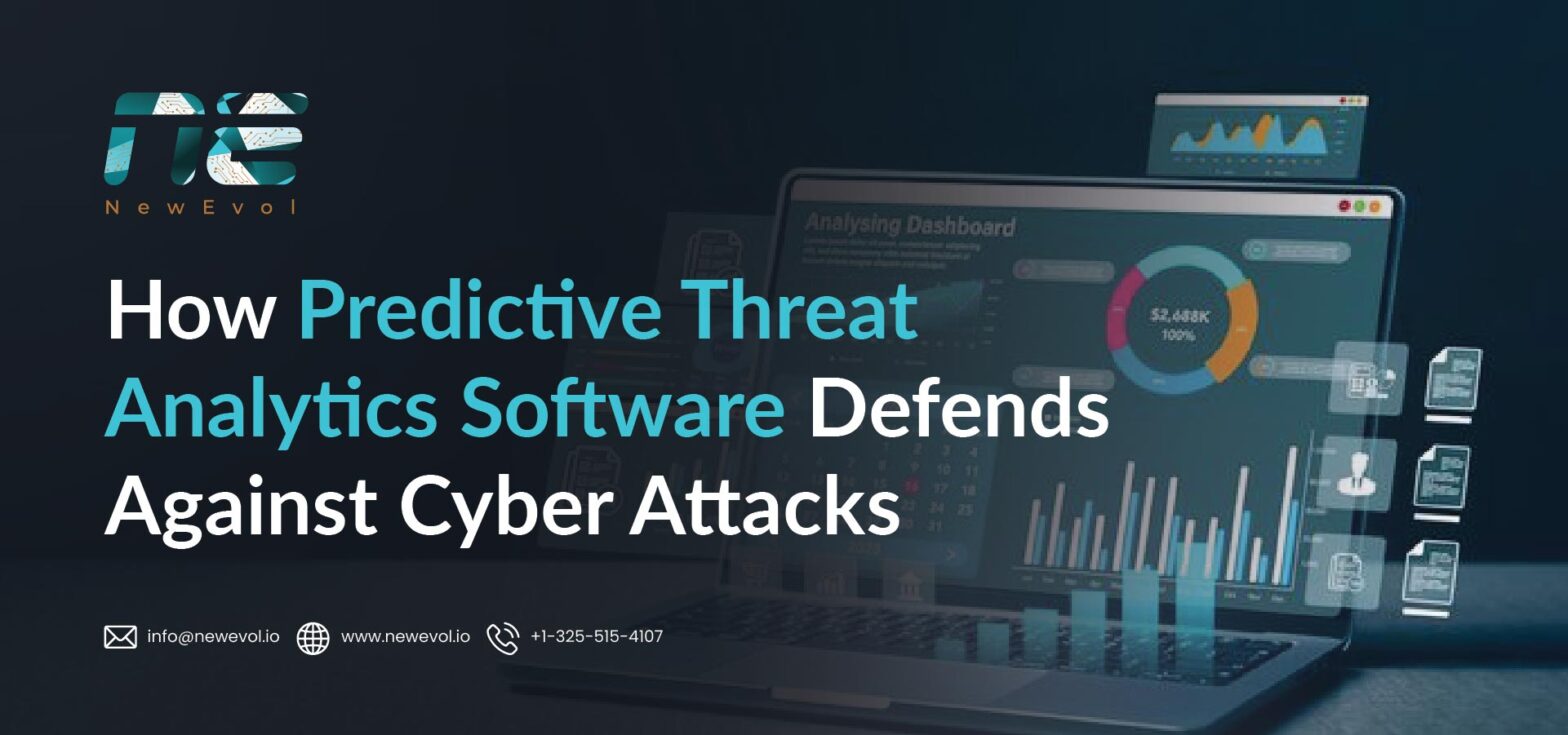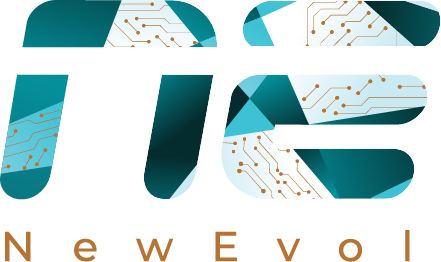How Predictive Threat Analytics Software Defends Against Cyber Attacks

Across Spain, enterprises are embracing digital transformation to accelerate growth, optimize operations, and improve customer engagement. Cloud computing, AI-powered applications, IoT devices, and mobile platforms have become core to modern business operations. While these technologies offer significant opportunities, they also introduce complex cybersecurity challenges. Today, cyber attacks are no longer isolated events—they are sophisticated, multi-vector campaigns capable of targeting vulnerabilities across networks, endpoints, and cloud environments, making advanced cybersecurity services in Spain essential for safeguarding critical assets and ensuring operational resilience.
To combat these evolving threats, enterprises in Spain are turning to predictive threat analytics software. Unlike traditional reactive security measures, predictive analytics uses advanced algorithms, AI, and machine learning to anticipate potential threats before they materialize, enabling organizations to adopt a proactive, intelligence-driven approach to cybersecurity.
Understanding Predictive Threat Analytics
Predictive threat analytics is the practice of using historical and real-time data, along with sophisticated modeling techniques, to forecast potential cyber attacks. By identifying patterns, anomalies, and risk indicators, predictive software can detect threats early, prioritize vulnerabilities, and recommend corrective actions.
Core capabilities of predictive threat analytics software include:
- Behavioral Analysis – Detecting deviations from normal user, network, and system behavior to identify potential threats.
- Machine Learning and AI Models – Leveraging historical attack data to predict emerging threats and zero-day vulnerabilities.
- Threat Intelligence Integration – Aggregating global and regional threat data to identify risks specific to industry and geography.
- Risk Scoring and Prioritization – Evaluating the potential impact of threats to focus resources on the most critical vulnerabilities.
- Automated Alerts and Response Guidance – Providing actionable insights and recommended response actions for security teams.
By applying these capabilities, Spanish enterprises can move from reactive incident management to proactive threat prevention, significantly reducing the likelihood and impact of cyber attacks.
The Cybersecurity Landscape in Spain
Spain’s digital economy has grown rapidly, with enterprises embracing cloud computing, e-commerce, mobile platforms, and IoT solutions. While this digital expansion drives competitiveness, it also increases cyber risk exposure. Common threats include:
- Ransomware and Malware: Targeting enterprises to encrypt sensitive data and demand ransom.
- Phishing Attacks: Exploiting human error to gain unauthorized access to systems.
- Advanced Persistent Threats (APTs): Prolonged, targeted attacks aimed at stealing sensitive information.
- Insider Threats: Malicious or accidental actions by employees that compromise data integrity.
- Cloud and Hybrid Environment Risks: Misconfigurations, unauthorized access, and supply chain vulnerabilities.
In Spain, regulatory frameworks such as LOPDGDD (Ley Orgánica de Protección de Datos y Garantía de los Derechos Digitales) and GDPR impose strict requirements for data protection. Enterprises must demonstrate robust cybersecurity measures, including proactive detection and prevention mechanisms, to remain compliant and maintain stakeholder trust.
How Predictive Threat Analytics Protects Organizations
The Spain cybersecurity market revenue was approximately USD 4.82 billion in 2024 and is projected to grow to USD 10.73 billion by 2033, with a CAGR of 9.3%.
1. Early Threat Detection
Predictive threat analytics software continuously monitors networks, endpoints, cloud environments, and applications. By analyzing behavioral patterns, unusual access attempts, and abnormal system activity, it can detect threats before they escalate into full-blown attacks.
For example, if a user suddenly attempts to access sensitive financial records at odd hours or from unexpected locations, predictive analytics can flag this as a potential insider threat, prompting immediate investigation.
2. Identifying Emerging Threats
Traditional security systems often react only after an attack occurs. Predictive analytics, however, leverages AI and machine learning to analyze historical attack data and emerging threat intelligence, enabling organizations to anticipate novel attack methods such as zero-day exploits or sophisticated phishing campaigns.
This capability is particularly valuable in Spain, where enterprises in finance, healthcare, and critical infrastructure are prime targets for targeted cyber campaigns.
3. Prioritizing Risks and Vulnerabilities
Predictive threat analytics software assigns risk scores to potential vulnerabilities, considering factors such as exploit likelihood, asset criticality, and potential business impact. By prioritizing high-risk threats, security teams can focus resources on the most pressing issues, improving efficiency and reducing exposure.
For instance, a manufacturing company may prioritize vulnerabilities in its production control systems over non-critical office systems, ensuring operational continuity and safety.
4. Proactive Incident Response
In addition to predicting threats, advanced software can suggest or even automate initial response measures. Examples include:
- Blocking suspicious IP addresses
- Quarantining compromised endpoints
- Alerting security teams with detailed threat intelligence
- Initiating automated workflows for remediation
This proactive approach reduces the mean time to respond (MTTR) and limits the potential damage of cyber attacks.
5. Enhancing Threat Intelligence Integration
By aggregating data from global and regional threat intelligence feeds, predictive analytics software provides contextual insights that help organizations understand attacker tactics, techniques, and procedures (TTPs). Spanish enterprises can tailor defenses based on industry-specific and region-specific threat trends, creating a more effective security posture.
6. Supporting Regulatory Compliance
Regulations such as LOPDGDD and GDPR require organizations to implement preventive and detective measures for sensitive data. Predictive threat analytics software automates monitoring, reporting, and audit trails, ensuring compliance while minimizing manual effort.
7. Continuous Learning and Adaptation
Predictive analytics platforms use AI models that continually learn from new data, refining threat detection accuracy over time. This adaptive intelligence ensures that organizations stay ahead of evolving threats, reducing blind spots and enhancing resilience.
Strategic Advantages for Spanish Enterprises
Implementing predictive threat analytics software provides several strategic benefits:
- Reduced Risk Exposure: Early detection and proactive mitigation prevent costly data breaches and operational disruptions.
- Operational Efficiency: Prioritized alerts and automated workflows reduce the burden on security teams.
- Enhanced Security Posture: Continuous monitoring and AI-driven insights strengthen defenses across the enterprise.
- Regulatory Compliance: Automated reporting and audit support ensure adherence to LOPDGDD, GDPR, and industry standards.
- Business Continuity: Proactive threat prevention minimizes downtime and protects critical operations.
- Informed Decision-Making: Actionable intelligence enables executives to make data-driven security investments.
Best Practices for Implementing Predictive Threat Analytics
The cybersecurity market in Spain generated a revenue of USD 8.19 billion in 2023 and is expected to reach USD 19.13 billion by 2030, with a compound annual growth rate (CAGR) of 12.9%.
- Identify High-Value Assets – Map critical systems, data, and infrastructure to focus predictive efforts where they matter most.
- Integrate with Existing Security Stack – Ensure analytics software complements SIEM, endpoint protection, firewalls, and cloud security tools.
- Leverage AI and Machine Learning – Use intelligent models for behavior analysis, anomaly detection, and predictive threat modeling.
- Regularly Update Threat Feeds – Incorporate regional and global threat intelligence for comprehensive coverage.
- Establish Automated Response Workflows – Predefine actions for high-priority threats to accelerate containment.
- Continuously Monitor and Refine – Evaluate software performance, false positives, and predictive accuracy to optimize results.
NewEvol’s Predictive Threat Analytics Solutions
NewEvol provides Spanish enterprises with advanced predictive threat analytics software designed to defend against sophisticated cyber attacks:
- AI-Driven Threat Prediction – Identifies emerging risks across networks, endpoints, and cloud environments.
- Behavioral and Anomaly Analysis – Detects deviations from normal activity to prevent insider threats and breaches.
- Automated Response Guidance – Offers actionable intelligence and recommended response workflows.
- Integration with Existing Security Infrastructure – Works seamlessly with SIEMs, firewalls, endpoints, and cloud platforms.
- Regulatory Compliance Support – Facilitates LOPDGDD and GDPR adherence through automated reporting and monitoring.
- Continuous Learning – AI models adapt to new attack patterns, enhancing threat detection accuracy over time.
By adopting NewEvol’s predictive threat analytics solutions, Spanish enterprises can anticipate and prevent cyber attacks, optimize security operations, and maintain resilience in a rapidly evolving digital landscape.
End Note
As cyber threats become increasingly sophisticated and targeted, reactive security measures are no longer sufficient. Predictive threat analytics software provides Spanish enterprises with the intelligence, foresight, and automation necessary to prevent attacks before they occur.
By leveraging AI-driven analytics, real-time monitoring, and automated response capabilities, organizations can reduce risk exposure, ensure regulatory compliance, and maintain operational continuity. NewEvol’s solutions empower enterprises to adopt a proactive, strategic, and resilient cybersecurity posture, turning potential vulnerabilities into actionable intelligence and competitive advantage.
FAQs
1. What is predictive threat analytics?
It is the use of AI, machine learning, and data analytics to anticipate and prevent potential cyber attacks before they occur.
2. How does predictive threat analytics protect businesses?
By identifying anomalies, assessing risk, integrating threat intelligence, and enabling proactive incident response.
3. Why is it important for Spanish enterprises?
It helps prevent data breaches, ensures compliance with LOPDGDD and GDPR, and strengthens cybersecurity posture in a complex digital environment.
4. Can it integrate with existing security tools?
Yes, predictive threat analytics software can work with SIEMs, endpoints, firewalls, and cloud platforms for comprehensive coverage.
5. How does NewEvol enhance predictive threat analytics?
NewEvol provides AI-driven prediction, anomaly detection, automated response, regulatory compliance support, and continuous learning to keep enterprises ahead of cyber threats.

